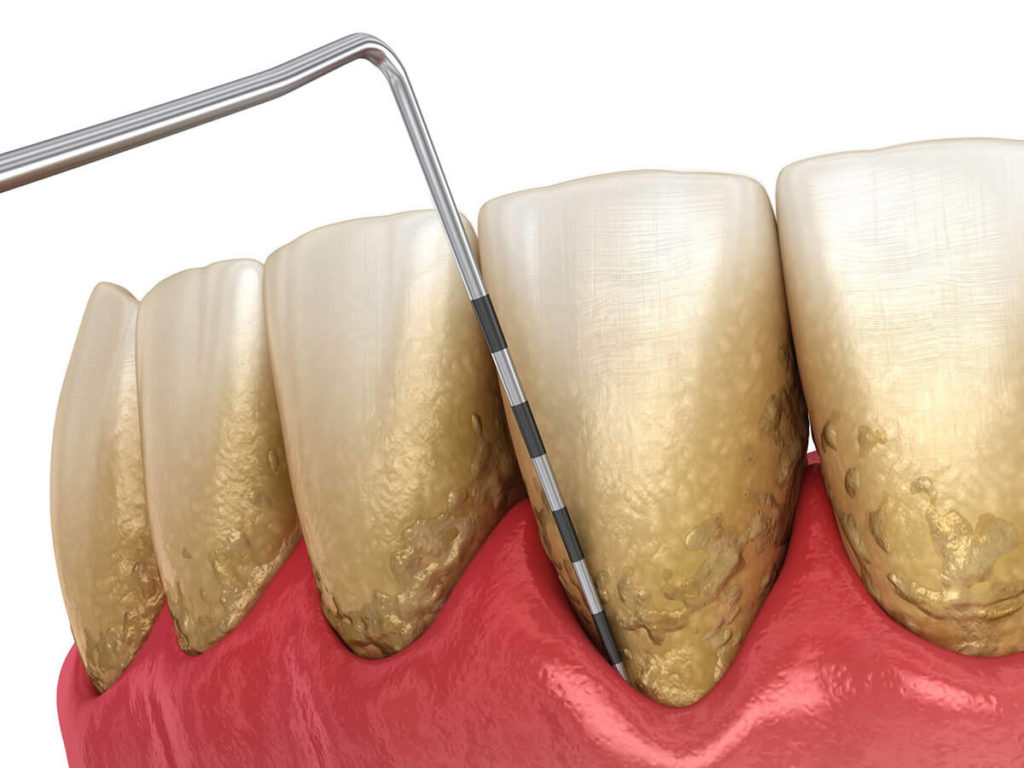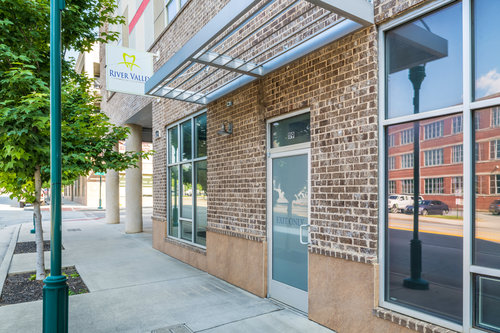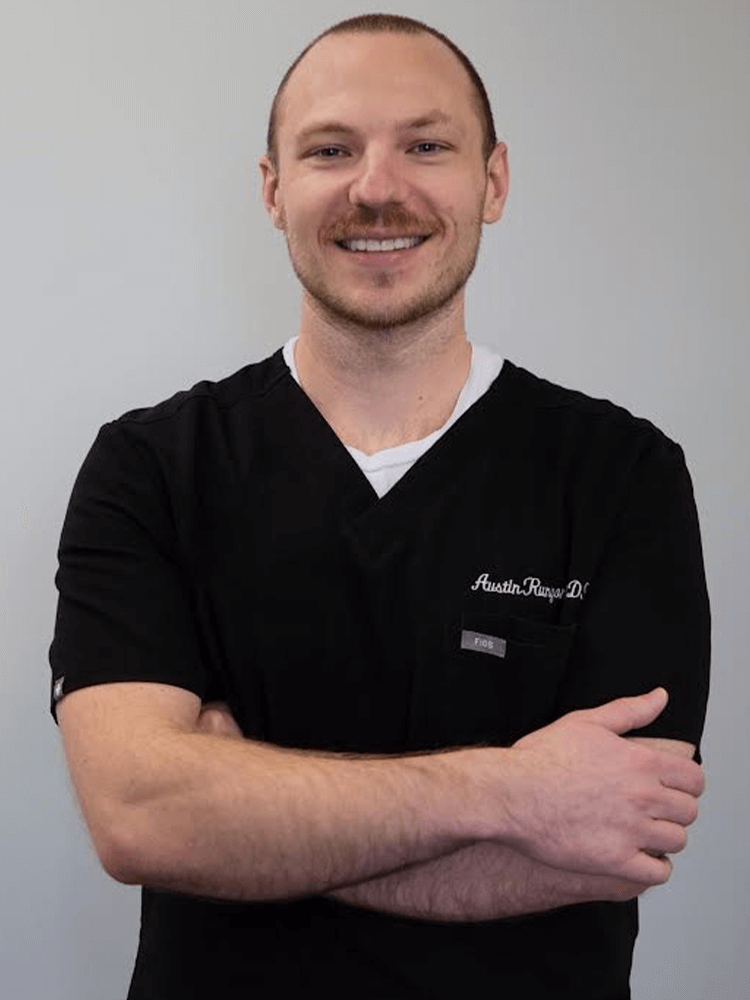Periodontal Disease Treatment (Gum Disease)
Gum disease is a serious condition that affects people from all walks of life. Our dentistry provides periodontal services for all stages of gum disease to restore your oral health.
What is Periodontal Disease?
Periodontal disease, commonly known as gum disease, is the most common adult dental affliction. About 30% of the population experiences gum disease, and it’s the number one cause of tooth loss in adults. Many denture cases begin as a result of the ravages of this condition. While not curable, it is controllable. But it requires a focused strategy, similar to managing other chronic conditions such as high blood pressure or diabetes.
Gum disease can advance in stealth mode with few signs or symptoms in early stages. Many patients diagnosed with this condition find themselves surprised at the quiet damage progressing in their mouths. In simple terms, consider the gums and bone around your teeth as the foundation where they sit. Just like a house, the foundation must be sound regardless of the beauty of the house. When the foundation crumbles, the rest of it goes too.
Regular dental exams, professional cleanings, and good oral hygiene practices at home are essential to detecting and strategically managing periodontitis.

-
What are the signs of periodontal disease or gum disease?
The earliest sign of periodontitis is an irritated gum line that might present some discomfort or bleeding when you brush, floss or have your teeth cleaned professionally. If not treated, the gums will start to retract and pull away from the teeth. This creates spaces between the teeth and gums called periodontal pockets that can quickly become filled with harmful accumulations. Your dentist will typically measure the depths of these pockets to determine how far the condition has spread and what treatment is needed to correct the problem. If gum disease eventually makes its way down to the jawbone and the connective tissues of teeth, the jawbone can deteriorate, and teeth can be lost.
-
What causes gum disease?
There are three usual causes of gum disease. The first and most common is chronic periodontitis. This occurs when oral hygiene is neglected and bacteria accumulate beneath the gum line, eventually turning into a hard substance called tartar. Tartar is not easily removed by brushing and flossing and requires professional cleaning. If left untreated the gums become inflamed and damaged and bone loss occurs. The second cause is aggressive periodontitis, this is believed to have a genetic component as it shows up in a small number of families. It moves quickly and can even be seen in children. The last and the rarest cause is necrotizing periodontal disease. This can occur in people with immune issues and/or chronic diseases. The soft tissues and bone are compromised due to a lack of blood flow to the area.
Signs and Symptoms of Gum Disease
You should talk to the dentist if you notice any of the following:- Your gums bleed easily
- Sore gums
- Bad breath
- Gums that pull away from your teeth
- Loose teeth
- Pain when chewing
- New spaces between teeth
- Swollen gums
- Pus forming between teeth and gums
- A change in your bite
The dental team can help determine how serious your issue is and what level of treatment you need.
-
What is gum recession?
Receding gums affect about half of Americans over the age of 50. But, young people can experience gum recession too. You may be genetically predisposed to gum recession. Some people are born with thin gums. Other times the environment might contribute to recession. Things like aggressive brushing, trauma, surgery, or ill-fitting partials can cause recession.
Treatment of Gum Recession
If you notice a tooth looks long or you experience sensitivity or pain when brushing and flossing, you could have gum recession. Be sure to come in and have one of the doctor’s take a look. If you have recession we can typically graft a small amount of skin from your palate and patch it over the receding area. The treatment helps protect the tooth from further damage. It is a minor procedure that can be done for a single tooth or multiple teeth depending on your need. -
How is periodontal disease or gum disease treated?
Periodontal disease, or gum disease, is effectively treated in two ways, which treatment you receive depends on the severity of the gum disease.
Scaling and root planning are recognized as the standard treatment for periodontitis. The procedure is highly effective in managing the condition in its early to moderate stages. It also does an excellent job of reversing its harmful effects. When providing scaling and root planing treatment, your dentist will access the areas below the gum line and between the teeth and remove harmful accumulations of plaque, tartar and oral bacteria. Then the root surfaces will be smoothed out to prevent future accumulations. Your gums should then begin the healing process and eventually reattach themselves to the teeth.
The second treatment is called bone grafting and is often required when bacteria and plaque have reached the jawbone and caused some amount of deterioration and decay. Your dentist must surgically access the damaged jawbone in order to regenerate it. This is accomplished by applying proteins and artificial bone-like material to the areas of decay. This will help encourage new bone growth. Bone grafting is often a necessary step for strengthening the jawbone so that it can support dental implants to replace missing teeth.
Comprehensive Dental Care
We provide a full array of dental services to suit the needs of individuals and families. Learn more about our services, schedule an appointment, or contact us today.










